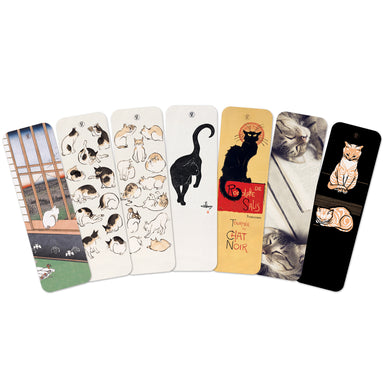Bookmark

DOCTOR EZEN FROG
Text on the reverse side: A contemporary doctor adaptation of a Japanese woodblock print from 1814. The Japanese word for frog is “kaeru”, which c...
View full details



































